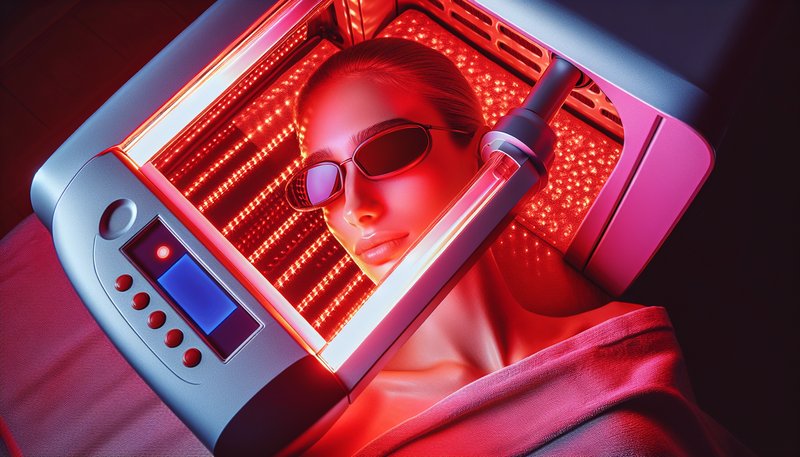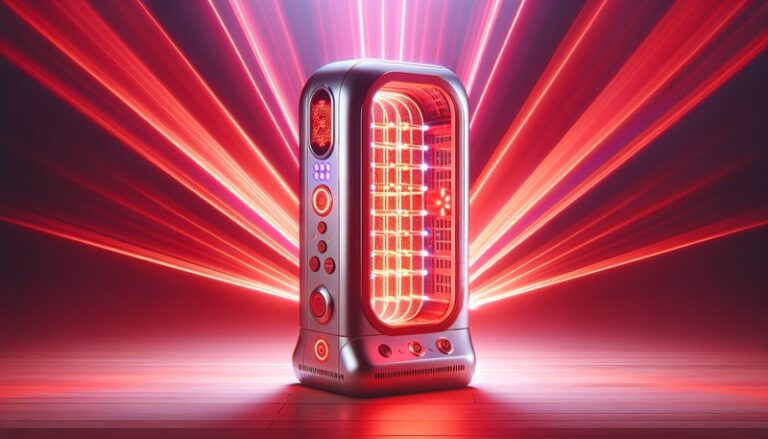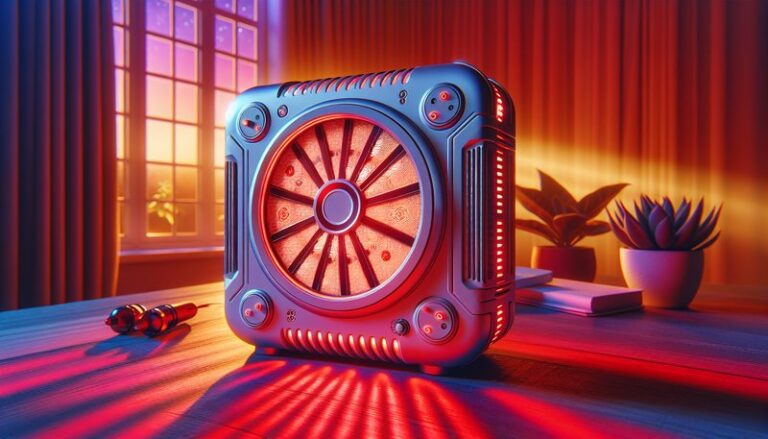Will Any Red Light Work For Red Light Therapy?
Will Any Red Light Work For Red Light Therapy?
Are you curious about the effectiveness of red light therapy? Many people are beginning to explore this therapeutic method as a way to promote healing, reduce inflammation, and even enhance athletic performance. However, a common question arises: will any red light serve the purpose of red light therapy?
This article will delve into what red light therapy is, its benefits, the feasibility of using any red light for therapy, and alternatives available for those interested in this approach. By the end, you’ll have a clearer understanding of how to effectively engage in red light therapy and whether any red light source is suitable for the task.
Key Takeaways
- Not all red lights are created equal; specific wavelengths are critical for effective red light therapy.
- Red light therapy has shown potential benefits for skin conditions, pain relief, and improved healing.
- Alternatives to red light therapy exist, including LED devices and lasers.
What is Red Light Therapy?
Red light therapy (RLT) is a treatment that uses specific wavelengths of red or near-infrared light to promote healing and reduce inflammation in the body. It operates on the principle of photobiomodulation, where light penetrates the skin and influences cellular processes.
To achieve therapeutic results, red light therapy devices typically emit light in the range of 600 to 1000 nanometers. This spectrum is particularly effective for stimulating energy production within cells, leading to increased collagen production, reduced oxidative stress, and enhanced cellular repair mechanisms.
What are the Benefits of Red Light Therapy?
Articulating the benefits of red light therapy can help highlight why individuals are increasingly drawn to it.
Pain Relief
Red light therapy has been shown to alleviate chronic pain in conditions such as arthritis and fibromyalgia. It does this by reducing inflammation and promoting muscle relaxation. Clinical studies have noted significant improvements in pain management among patients undergoing RLT.
Skin Health Improvement
RLT is widely recognized for its positive effects on skin conditions like acne, psoriasis, and wrinkles. It enhances skin repair processes, promotes collagen synthesis, and can significantly improve overall skin texture and tone.
Wound Healing
This therapy can accelerate the healing of wounds and cuts by promoting tissue regeneration. Research indicates that RLT reduces recovery time and improves the quality of healed skin, making it a valuable tool in dermatology.
Discover the details in Red Light Therapy Frequency for Face
Enhanced Athletic Performance
Athletes have started using red light therapy to enhance recovery after workouts. By reducing lactic acid buildup and improving blood circulation, athletes may experience less muscle soreness and quicker recovery times.
Mood Enhancement
Emerging research suggests that RLT may have positive effects on mood and mental health, potentially alleviating conditions such as seasonal affective disorder (SAD).
Is it Possible to Use Any Red Light for Therapy?
While red light therapy is widely accessible, not every red light source will provide the desired therapeutic benefits. The effectiveness of red light therapy is heavily reliant on the wavelength and intensity of the light emitted. Regular household red bulbs usually do not emit light in the therapeutic range necessary for RLT.
What are the Advantages of Using Proper Red Light Devices?
Utilizing certified RLT devices offers specific advantages:
- Targeted Wavelengths: Proper therapeutic devices emit light at optimal wavelengths for cellular absorption.
- Controlled Intensity: Professional devices provide a consistent intensity that enhances efficacy.
- Protocols: Many devices come with recommended treatment protocols that guide users on duration and frequency for best results.
What are the Disadvantages of Using Improvised Red Light Sources?
Using any improvised red light source can have drawbacks:
- Ineffectiveness: Non-therapeutic red lights may not provide the necessary wavelengths, making treatments ineffective.
- Potential Damage: Improvised options might produce intense light that can cause eye damage or skin burns.
- Lack of Regulation: Using random lighting sources does not adhere to safety or efficacy standards set for therapeutic devices.
What are the Things to Consider Before Engaging in Red Light Therapy?
Before embarking on red light therapy, certain considerations are essential to ensure safety and effectiveness.
Quality of the Device
Invest in high-quality, clinically tested red light devices that provide precise wavelengths for therapy. Reading reviews and checking certifications can guide purchase decisions.
Read our take on Does Red Light Therapy Help Cellulite?
Skin Sensitivity
Individuals with sensitive skin or existing skin conditions should consult with a healthcare professional before starting RLT to avoid adverse reactions.
Treatment Duration
It’s crucial to follow recommended treatment protocols regarding session length and frequency to maximize the benefits and minimize risks of overexposure.
Health Conditions
Consultation with a medical professional is suggested before using red light therapy, especially for individuals with health conditions like photosensitivity or those on medication that increases light sensitivity.
What are the Alternatives to Red Light Therapy?
While red light therapy has its unique benefits, alternative options also exist for healing and wellness.
Blue Light Therapy
Effective for treating acne, blue light therapy targets the bacteria that cause breakouts and can result in clearer skin without the intensity of RLT.
Laser Therapy
Laser treatments are a more focused alternative for severe skin conditions, providing precision in targeting affected areas for treatment.
Infrared Saunas
These saunas utilize infrared light to promote detoxification and relaxation, with different therapeutic benefits from red light therapy.
Cold Laser Therapy
Used for pain management, cold laser therapy focuses on reducing inflammation without heats, allowing for effective treatment in acute pain cases.
Conclusion: Is it Recommended to Use Any Red Light for Therapy?
In conclusion, while the idea of using any red light for therapy may seem appealing, it is crucial to understand that not all red light sources are created equal. To reap the full benefits of red light therapy, utilizing appropriate devices designed specifically for this purpose is essential. These devices deliver the correct wavelengths and intensities required for effective treatment, ensuring safety and efficacy.
Frequently Asked Questions
Can I use a regular red bulb for light therapy?
Regular red bulbs do not emit light at the specific wavelengths required for therapeutic benefits, making them ineffective for red light therapy.
How often should I use red light therapy?
The frequency of use can vary based on individual needs and device instructions, but typically, sessions range from 2 to 5 times a week.
Are there any side effects to red light therapy?
Most users experience few side effects, but overexposure can lead to skin irritation or increased sensitivity. It’s important to follow guidelines.
Can red light therapy be used at home?
Yes, many high-quality at-home red light therapy devices are available, allowing users to incorporate therapy into their routine effectively.
Is red light therapy safe for all skin types?
Generally, red light therapy is safe for all skin types, but individuals with specific skin conditions should consult with a healthcare professional beforehand.






